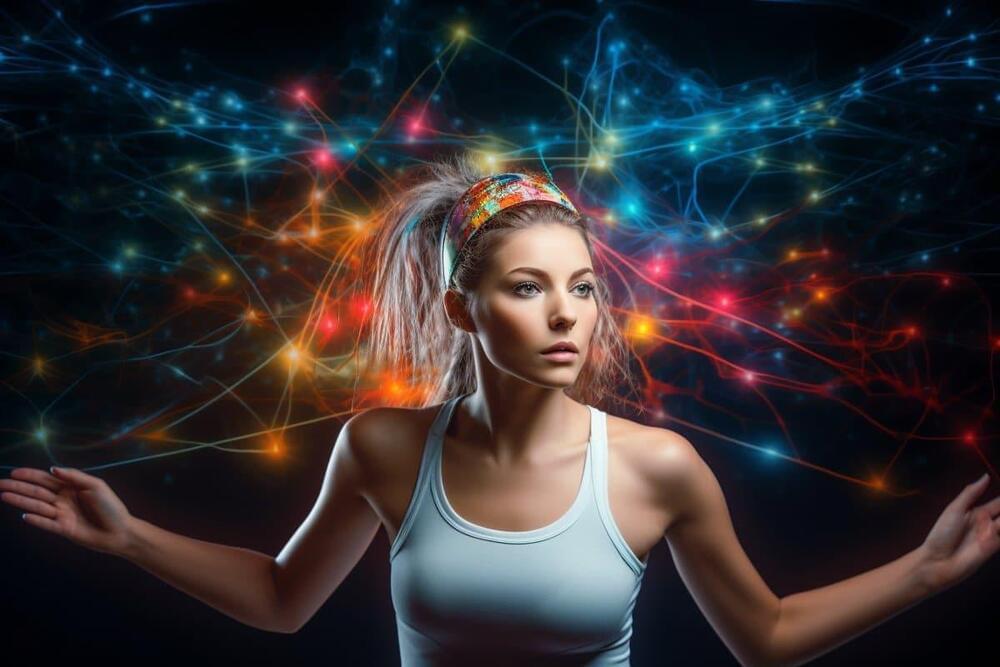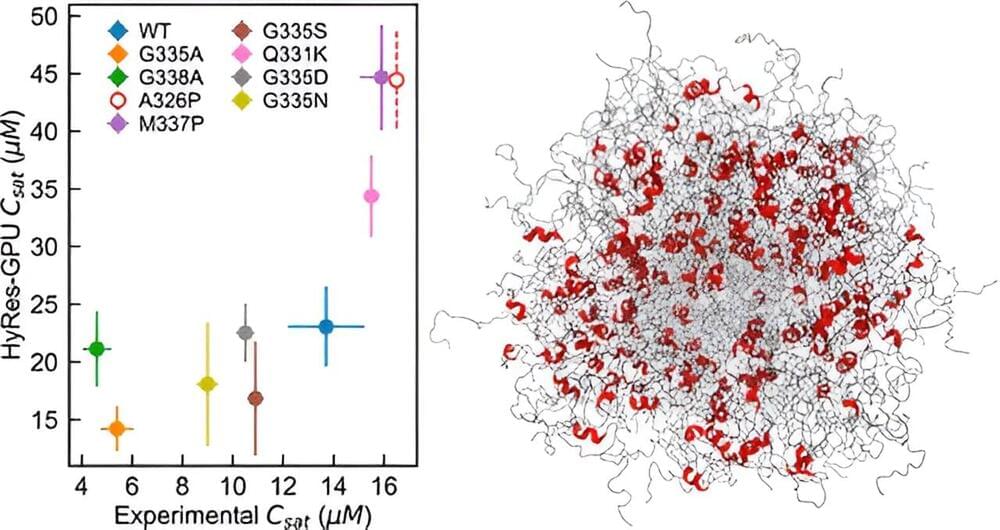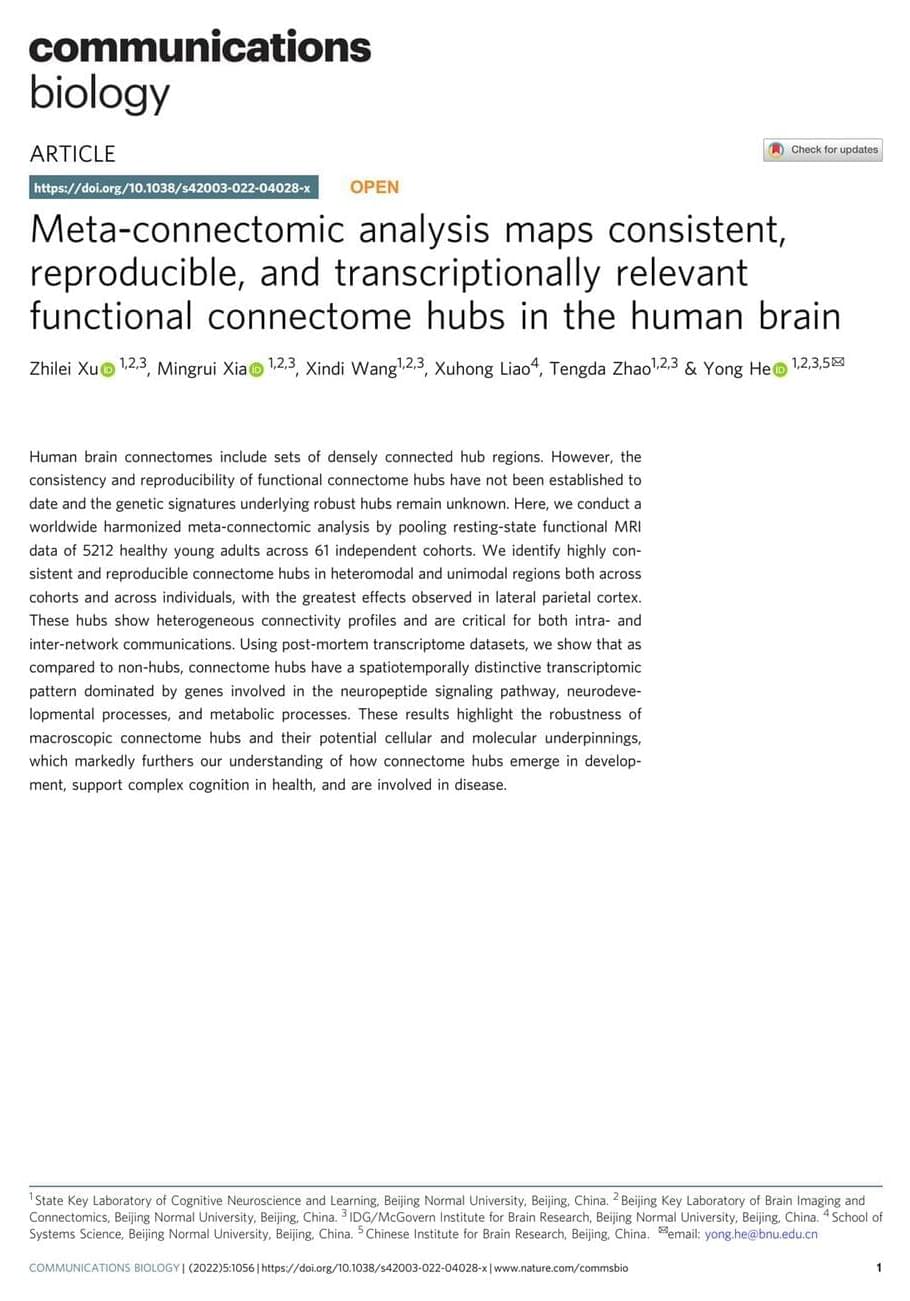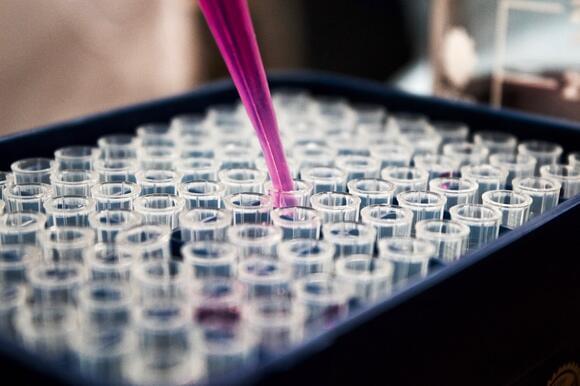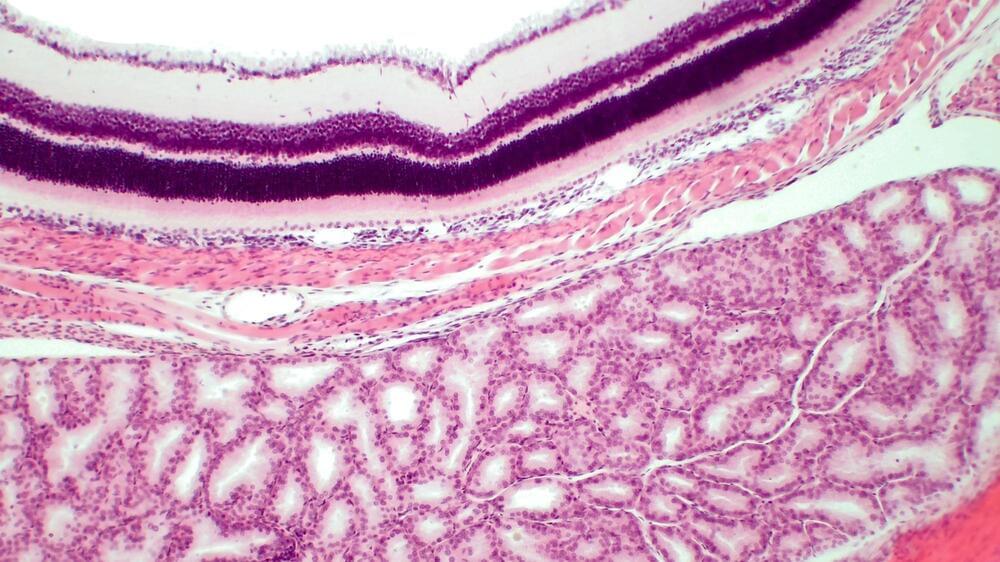An exciting study reveals how exercise boosts brain power.
Summary: Recent research has revealed a significant link between exercise and improved cognitive performance, attributing this enhancement to increased dopamine levels. This discovery, involving sophisticated PET scans to monitor dopamine release in the brain during exercise, indicates that dopamine plays a vital role in boosting reaction times and overall brain function.
The study’s implications are far-reaching, suggesting potential therapeutic applications for conditions influenced by dopamine, like Parkinson’s disease and ADHD. The research underscores the importance of voluntary exercise for cognitive health, differentiating it from involuntary muscle stimulation.
